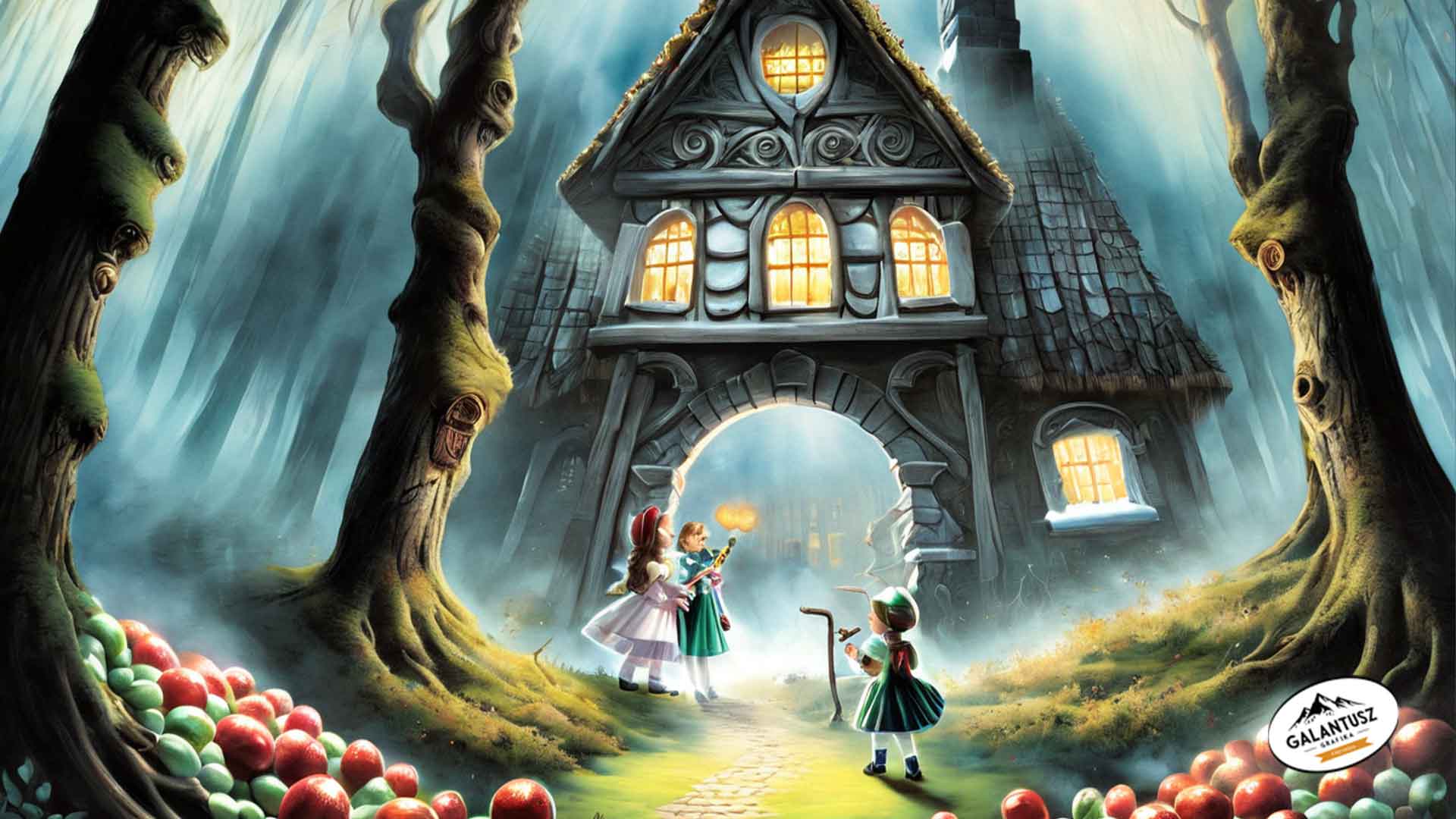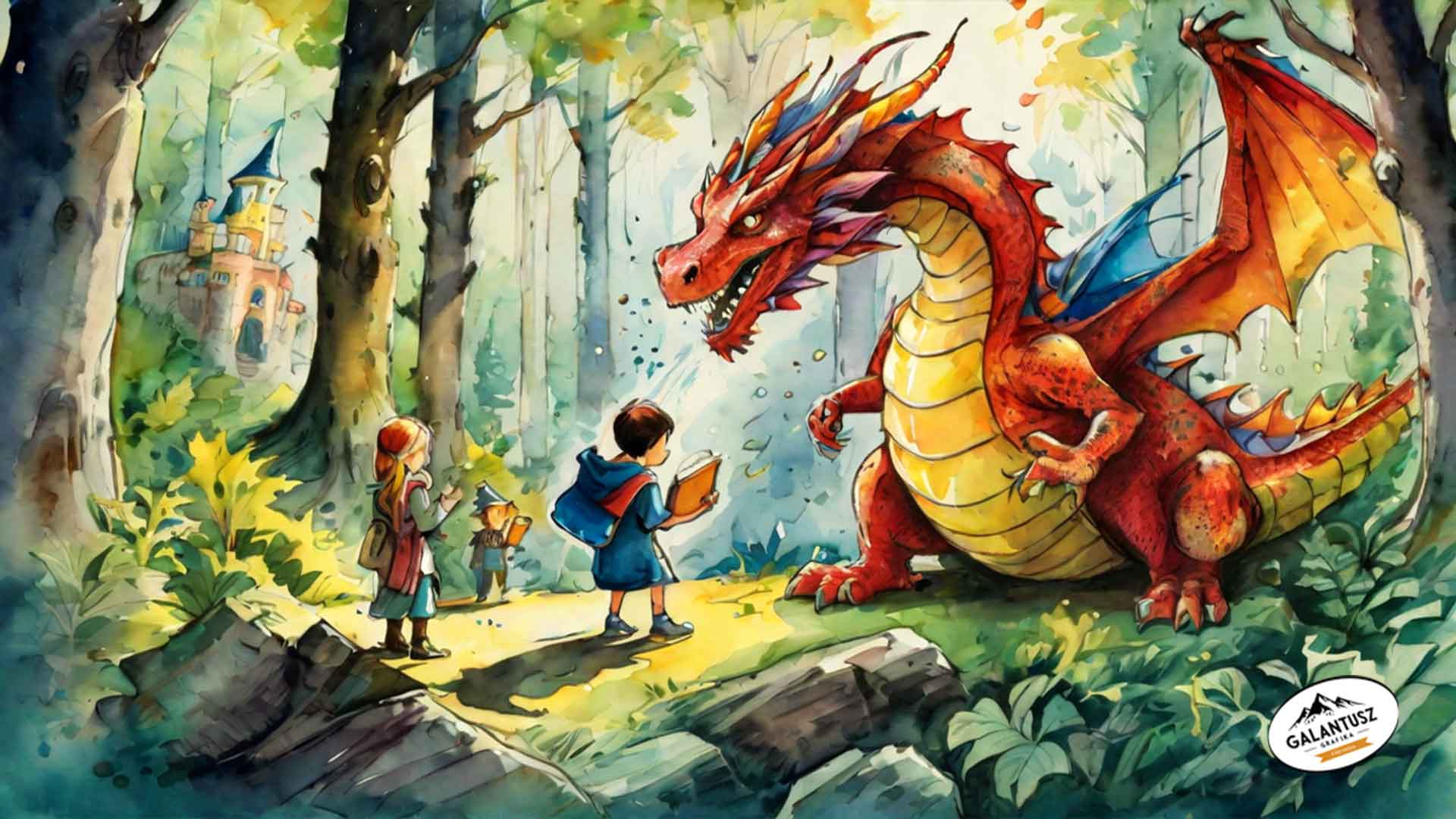Finding Inspiration for the Story
"Find inspiration for your tale!" is the advice. But how? We can start by observing the world of children, exploring their interests. It's important that the chosen theme is current and appealing to the target audience. Inspiration can come from our surroundings, everyday life, or even classics of children's literature.
Creating the Outline of the Picture Book
During the outlining process, the author must have a clear vision of the story's beginning, middle, and end. It's crucial that the story captivates the attention of young readers and is understandable to them. When bringing characters to life, ensure they are likable and interesting to children.
Determining the Style of the Picture Book and Illustrations
- Defining the style is crucial. You can choose from traditional, classic styles to modern, digital appearances. It's important that the illustration style harmonizes with the mood and message of the story.
Hiring a Writer, If Necessary
- If the necessary writing skills are not available, it's worth hiring a skilled writer. It's important that the writer understands and feels the essence of the children's book and can create a story that is understandable and enjoyable for kids.
Determining the Size of the Picture Book
- The size of the book is important in many ways, including the number of pages, printing costs, and how the book will look on the shelves. A well-chosen size can help the book stand out from the rest.
Selecting an Experienced Book Illustrator
- When choosing an illustrator, pay attention to their previous work, style, and how well they match the mood of the story. A good illustrator can breathe life into the story with their artwork.
Seeking Children's Feedback on the Illustrations
- It's advisable to present the planned illustrations to the target audience and ask for their opinions. This can help ensure that the final book truly appeals to children.
Choosing the Right Font and Color Scheme
- The font type and color scheme greatly influence the readability and aesthetic appearance of the book. Colors and fonts should harmonize with the other elements of the book.
Designing the Book Cover
- The cover is the first thing customers see, so it's important that it's eye-catching and expressive. The cover helps sell the book, as many decisions are based on it.
Complete Book Editing
- During the complete book editing process, factors such as layout, format, and page arrangement must be considered. This step is crucial for ensuring the quality and readability of the final publication. It's important that the text, illustrations, and other design elements are in harmonious balance.
Spelling and Proofreading
- Since children's books are often the first step in reading, it's important for spelling to be perfect. Error-free text contributes to children's language development, so proofreading is advisable.
Printing Preparation
- Before sending the book to the printer, all elements must be thoroughly checked. Colors, paper quality, and page arrangement all influence the quality of the final product. During digital preparation, attention must be paid to the correct formats and technical requirements.
Market Entry and Marketing
- After the book's release, marketing and promotion are crucial for success. It's important that the target audience becomes aware of the book, so planning a marketing campaign that includes social media presence, book presentations, and collaborations with schools or libraries is advisable.
Digital Version and Translations
- In the digital age, it's worth considering an e-book version to reach a wider audience. Additionally, translating the children's book into other languages can further expand the potential readership.
Conclusion
Designing and executing children's books and illustrations is a complex but highly rewarding process. The key to success is a combination of high-quality content, captivating illustrations, and a well-planned marketing strategy.
FAQ: How to Choose the Theme of a Children's Book?
Selecting the theme of a children's book is one of the most important and often challenging aspects of children's book writing. The following tips from Galantusz Graphics can help in this process:
- 1. Know your target audience: Start by thoroughly understanding your target audience. Who is your book intended for? What topics interest them? Galantusz Graphics can help you identify children's interests and suitable themes for different age groups.
- 2. Be current and timeless: Choose a theme that is not only current but also timeless. This means having a universal message that remains valuable across generations.
- 3. Draw inspiration from everyday life: Everyday life can be a treasure trove of inspiration. Sometimes a simple walk in the park or a family event can be inspiring. Galantusz Graphics experts can help you find inspiration in the everyday.
- 4. Learn from classics: Look back at classic children's literature. What elements make them timeless? Galantusz Graphics can help you understand what themes and styles have worked well in the past and how to adapt them to modern demands.
- 5. Get feedback: After selecting a few possible themes, discuss them with others, especially children, to see which one resonates with them the most. Galantusz Graphics can help organize focus groups or test readings to gather genuine feedback.
- 6. Personal connection: The best themes often come from a personal connection. If you write about something you're passionate and authentic about, readers, including children, will feel it in your book.
- 7. Experiment and be creative: Don't be afraid to experiment with new ideas. The Galantusz Graphics team will encourage your creativity and help you think outside the box.
What Is the Significance of Illustrations in a Children's Book?
Illustrations not only complement the story but also assist in understanding the text, stimulate children's imagination, and spark their interest in reading.
What Factors Should Be Considered When Designing a Book Cover?
- The book cover should be attention-grabbing, expressive, and in harmony with the story to pique the interest of potential readers.
Why Is Spelling and Proofreading Important for Children's Books?
- Spelling errors can be distracting and set a poor example for children. A well-proofread book contributes to proper language use and reading skills development.
How Can You Promote a Children's Book and Make It Popular?
- An effective marketing strategy can include social media presence, book presentations, collaborations with educational institutions, and expansion into digital and international markets.
What Are the Benefits of Creating a Digital Version and Translations of a Children's Book?
- Digital versions and translations can broaden the book's reach, making it accessible to a wider audience and potentially gaining international recognition.
Remember, selecting the theme of a children's book is an exciting journey. Galantusz Graphics is here to accompany you throughout this process, ensuring that your chosen theme captures the imagination of both young and old alike.






